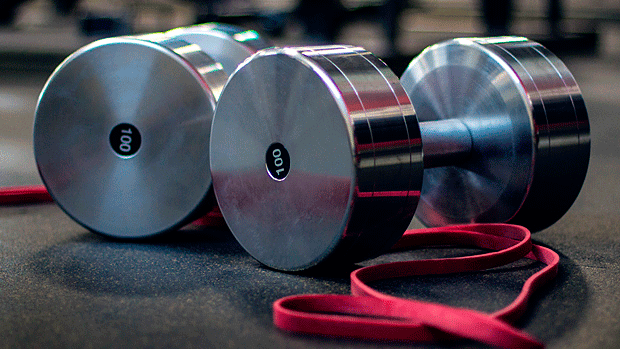A creative, can-do mentality is a prerequisite for this. Not having the "right" equipment isn't a deal-breaker for those who have this mindset.
Once you begin doing door pull-ups, you start eyeing things like a log in your yard and think, "I could chop the ends off that and use it for squats." Your kid's useless backpack becomes the inspiration for a weighted vest stuffed with canned tomatoes. You notice a stool by the sink and realize it's the perfect height for decline push-ups.
The possibilities are endless. Not only will this mindset keep you physically strong through challenging times, the ingenuity and determination that it cultivates will serve you well in life, long after the pull-up bar issue is resolved.
- Find a strong door with three hinges and enough headroom above it. For obvious reasons, glass doors are not a good choice.
- Wedge something, like a thick book, under the door to support it from the base. This will help prevent damage to the door and keep it from swinging. (This is important. Don't skip this step or you'll mess up your door and its hinges.)
- Place a towel over the door to protect your hands or wear gloves. Make sure you're not wearing anything that could scratch the door, like a belt.
- Place your hands slightly wider than shoulder-width apart on top of the door.
- From a hanging position, retract your shoulder blades, engage your lats, and pull your body upwards (think of pulling your chest up), until your chin is above door height. Your thighs and abdomen will slide along the door.
- Briefly pause at the top, then lower back down to your starting position.
Door pull-ups are more difficult than standard pull-ups for a few reasons.
First, you can't wrap your fingers all the way around the top of a door. This grip works your forearms, hands, and fingers in a slightly different manner, which, for novelty's sake alone, is good for you. Another reason door pull-ups are more challenging, is that your freedom of movement is limited by the door.
If you're having a hard time completing even one, consider using a resistance band or chair for additional support at the bottom of the lift.




